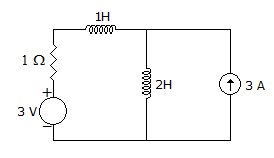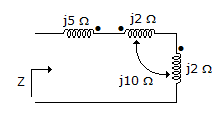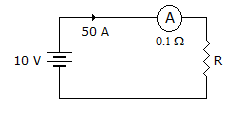Electronics and Communication Engineering - Electronic Devices and Circuits
Exercise : Electronic Devices and Circuits - Section 10
- Electronic Devices and Circuits - Section 14
- Electronic Devices and Circuits - Section 27
- Electronic Devices and Circuits - Section 26
- Electronic Devices and Circuits - Section 25
- Electronic Devices and Circuits - Section 24
- Electronic Devices and Circuits - Section 23
- Electronic Devices and Circuits - Section 22
- Electronic Devices and Circuits - Section 21
- Electronic Devices and Circuits - Section 20
- Electronic Devices and Circuits - Section 19
- Electronic Devices and Circuits - Section 18
- Electronic Devices and Circuits - Section 17
- Electronic Devices and Circuits - Section 16
- Electronic Devices and Circuits - Section 15
- Electronic Devices and Circuits - Section 1
- Electronic Devices and Circuits - Section 13
- Electronic Devices and Circuits - Section 12
- Electronic Devices and Circuits - Section 11
- Electronic Devices and Circuits - Section 10
- Electronic Devices and Circuits - Section 9
- Electronic Devices and Circuits - Section 8
- Electronic Devices and Circuits - Section 7
- Electronic Devices and Circuits - Section 6
- Electronic Devices and Circuits - Section 5
- Electronic Devices and Circuits - Section 4
- Electronic Devices and Circuits - Section 3
- Electronic Devices and Circuits - Section 2
11.
In figure, the steady state current through 1H inductance is


Answer: Option
Explanation:
In steady state inductance behaves as short-circuit.
12.
Impedance Z as shown in the given figure is


Answer: Option
Explanation:
Z = j5 + j2 + j2 + 20j - 20j = 9jΩ.
13.
A resistance R, inductance L and capacitance C are in series. The source frequency is adjusted to be equal to resonant frequency. The lower half power frequency is ω1. Another resistance R is added in series with the circuit. The new lower half power frequency will be
Answer: Option
Explanation:
As R increases, Q decreases, bandwidth =  . Therefore, bandwidth increases. Hence lower half power frequency will be less than ωr.
. Therefore, bandwidth increases. Hence lower half power frequency will be less than ωr.
14.
The strength of controlled voltage source depends on
Answer: Option
Explanation:
A controlled voltage source may be a voltage source or current source and its strength may depend on another voltage or current.
15.
In figure, the value of R should be


Answer: Option
Explanation:

Quick links
Quantitative Aptitude
Verbal (English)
Reasoning
Programming
Interview
Placement Papers